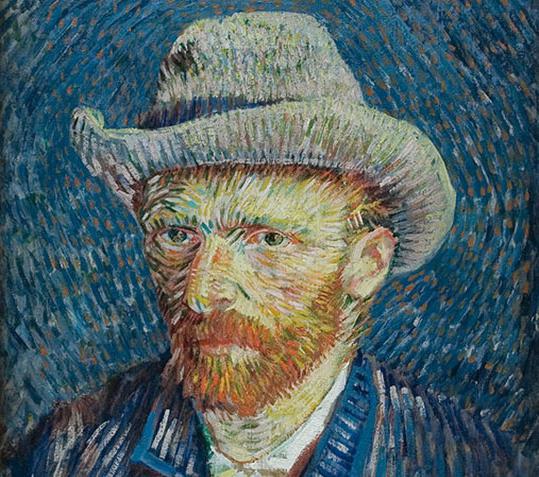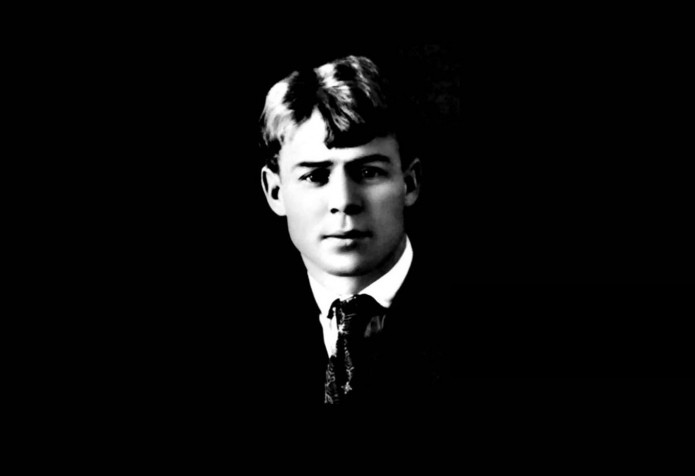In order to understand the meaning of the word "portraits", we recall first that this expression was borrowed from the French language. For the French, the words "portrait" (image, portray) meant a detailed description of individual actually existing people or their groups by means of literature or fine art. At the same time, along with the external similarity, the portrait should also capture the spiritual world of the individual.
What are portraits
In our culture, portraits are a separate type of fine art. Depending on what size the picture should be, the portrait can be full-length, that is, a person is depicted on it in full height, chest, waist or generation. Portrait images also differ in the pose and spread of the figure of a person. There are full-face portraits when the face is turned directly at the viewer; three quarters - here the head and figure are turned a little to the right or left side; and, of course, profile images.
And there are also so-called ceremonial portraits, which, as a rule, depict people with high social status in ceremonial clothes and ceremonial poses, or portraits in which you can see people in the usual home or work environment. Graphic portraits are drawn by artists with pencils, charcoal, sanguine, pastel. A portrait painting is painted in oil on canvas or other paints (watercolor, gouache, tempera, acrylic paints) on paper or cardboard.
There are still self-portraits, photo-portraits, as well as literary portraits. We will talk about them separately.
Famous Russian portrait painters
Not every talented artist can draw figures and faces of people, and even more so be able to convey portrait similarities well. For example, the great landscape painter Levitan absolutely did not possess the talent of a portrait painter. He always painted only nature. But such Russian artists as I.E. Repin or V.A. Serov, had a universal talent that allowed them to freely write both people and nature.
Famous repin portraits are “Portrait of Chaliapin”, paintings “In the Sun” (which depicts Nadezhda Ilyinichna Repina), “Autumn Bouquet”, “Dragonfly” (here the painter captured the image of his daughter) and many other works of the great artist. In Russian art, there is a whole gallery of beautiful examples of portraiture. I.P. Argunov, D.G. Levitsky, F.S. Rokotov, V.L. Borovikovsky, K.P. Bryullov and other masters worked in the portrait genre .
Self portraits
Self-portraits - this genre of fine art deserves special attention. Such portraits are an image of the artist himself, as he sees himself as if from the outside. Not every person is able to impartially and truthfully draw his reflection. Psychologists say that people tend to see their own image in the mirror in a slightly different way, not like the people around them. But geniuses can look at themselves impartially. Some famous painters constantly painted their own portraits. For example, the impressionist painter Wag Gogh. 35 of his self-portraits written in different years of his life have survived to this day.

Another record holder in terms of self-image is Albrecht Durer (50 paintings). But the unconditional leadership in the number of self-portraits belongs to the great Flemish Rembrandt. There are as many as 90 canvases on which there is his image, written by himself. Self-portraits were also written by Leonardo da Vinci, Sandro Botticelli, Durer and Gauguin. In recent years, some art critics have even tended to the version that the famous "Mona Lisa" is nothing more than a veiled self-portrait of da Vinci. This version, although controversial, is certainly very interesting.
Literary portraits
Very interesting literary portraits. In a picturesque picture, even the most talented artist cannot display all the traits of a person’s character, his habits, etc. But a portrait book can perfectly cope with such a task. Thanks to the literary portraits of great people that were created by writers after a careful study of historical sources and eyewitness accounts, we can now in minute detail represent the images of L. N. Tolstoy, A. S. Pushkin, N. V. Gogol and many other great writers, artists and historical figures.
Often, detailed literary portraits are described in artistic memoirs. The man on the pages of the book tells about his life, about the historical era in which it came, and certainly mentions people who were nearby, about the stories that happened to them. An example of such a genre is the book by T. A. Kuzminskaya “My Life in Yasnaya Polyana”, where she tells not only her life story, but also expertly leads the story of the life of Leo Tolstoy and his family.
Photo portraits
And finally, we got to the portraits. At the end of the 30s of the XIX century. Frenchman Louis Daguerre invented photography. Since then, people have been given a great opportunity to capture their images quickly and in any quantities. Services of artists at all times were very expensive, so earlier only rich and famous people could afford their own portraits. But with the advent of the photographic method, everything has changed. Now everyone could leave their image to posterity as a keepsake. Photographic portrait is a separate genre. The camera has no emotions and captures the features of a person most truthfully, at the same time it is able to capture the emotions, the nature of a person and his spiritual world.

Thanks to photography, we can judge today about the appearance of people who have long since left us. There are wonderful photo portraits of Sergei Yesenin, Vladimir Mayakovsky, Albert Einstein, Leo Tolstoy and other famous talented people who have made a huge contribution to the development of the artistic and scientific values of our civilization.